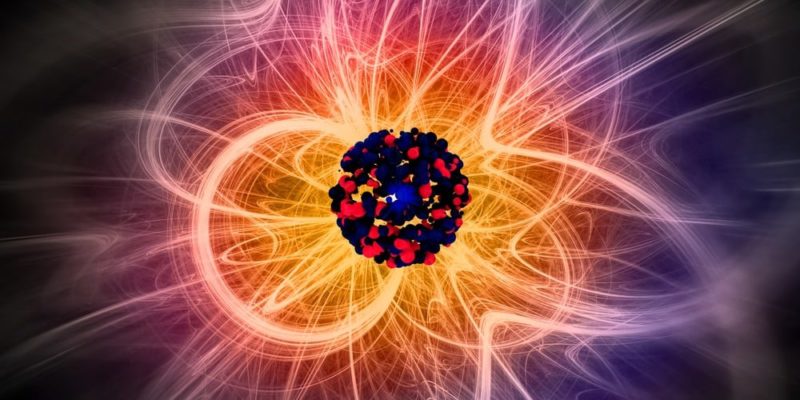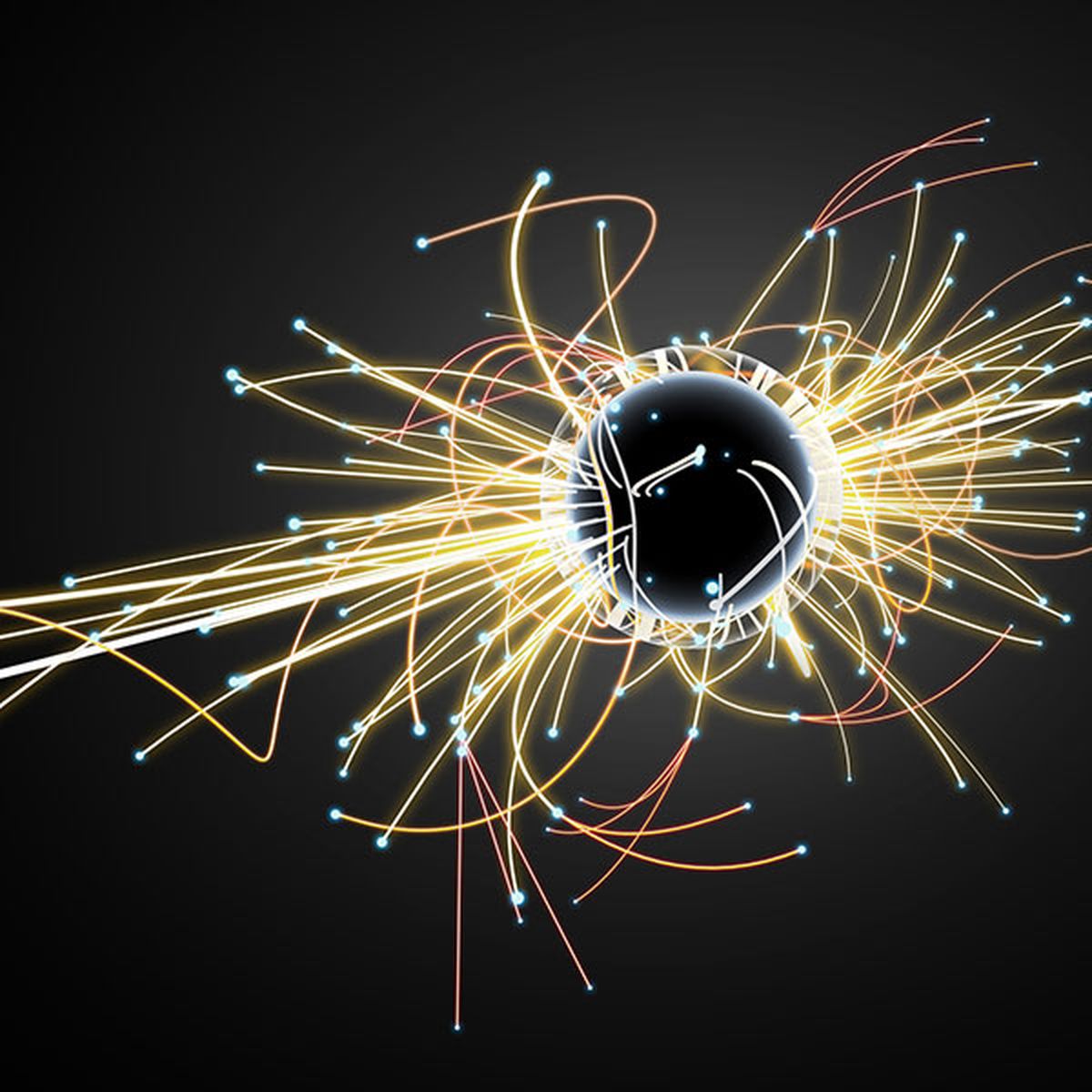In the vast universe that surrounds us, one of the most intriguing mysteries is the balance between matter and antimatter. This delicate balance is what allows for the existence of everything we know, from the most distant stars to our own planet. In this text, we will explore this fascinating phenomenon and uncover some of the deepest secrets of the cosmos.
The universe is an immense stage of constant evolution, where matter and antimatter play a crucial role. But what is antimatter really? How does it interact with matter? And how is this mysterious balance maintained? This text seeks to answer these questions, immersing us in the complexities of quantum physics and cosmology.
It's true that understanding these concepts can seem like a daunting task, but don't worry. This text is designed to explain these phenomena in a clear and accessible way, regardless of your familiarity with scientific terms.
In addition, we'll discuss the latest research in this field and current theories about the origin and future of the universe. This is a constantly evolving field of study, with new ideas and discoveries constantly challenging our understanding of the cosmos.
So get ready for a fascinating journey, a tour of the deepest secrets of the universe. We're going to unravel the mystery of the balance between matter and antimatter, and discover how this phenomenon shapes our reality. So join us on this incredible cosmic adventure.
Understanding the Mystery: Matter and Antimatter
The universe is a vast mystery that holds countless secrets. Among them, one of the most fascinating is the duality of matter and antimatter. Although these terms may seem like science fiction, they are actually fundamental to our understanding of the universe.
What is matter and antimatter?
Matter is everything that surrounds us. It is composed of atoms, which in turn are made up of subatomic particles: protons, neutrons, and electrons. Antimatter, on the other hand, is the opposite of matter. It consists of antiparticles, which are counterparts of matter particles with opposite charges.
For example, an electron, which is a particle of matter, has a negative charge. However, its antiparticle, called a positron, has a positive charge. Similarly, a proton has a positive charge, but its antiparticle, an antiproton, has a negative charge.
The enigma of balance
According to current theories, the Big Bang should have produced equal amounts of matter and antimatter. However, we observe a universe filled with matter, while antimatter appears to be absent. This phenomenon is known as the matter-antimatter asymmetry and is one of the great enigmas of modern physics.
Where is the antimatter?
The most obvious answer to this question would be that antimatter simply annihilated with matter shortly after the Big Bang. However, this doesn't explain why there is still matter in the universe. If there had been equal amounts of both, they should have annihilated each other, leaving nothing but energy.
So how is it possible that the universe is dominated by matter? One theory suggests that there may be subtle differences in the laws of physics for matter and antimatter. These differences could have resulted in a slight advantage for matter, allowing it to survive.

Antimatter in the laboratory
Although antimatter is rare in the universe, scientists can produce it in the laboratory. In fact, the Large Hadron Collider (LHC) at CERN regularly produces antimatter for its experiments.
In these experiments, scientists have been able to precisely measure the properties of antiparticles and compare them with those of their matter counterparts. These measurements are crucial to understanding why there is an asymmetry between matter and antimatter.
The future of antimatter research
Antimatter research is an exciting frontier in physics. Scientists are working on several experiments to measure antimatter's properties with ever-increasing precision.
Some of these experiments include:
- The ALPHA experiment at CERN, which is designed to measure the energy spectrum of the antihydrogen atom.
- The ATRAP experiment, also at CERN, aims to measure the gravity of antiprotons.
- The BASE experiment, which is working to make the most precise comparison yet between the proton and the antiproton.
The journey to unravel the mystery of the balance between matter and antimatter is undoubtedly fascinating. As we continue to explore these secrets of the universe, each discovery brings us one step closer to understanding our place in this vast cosmos.

Conclusion
In conclusion, the mystery surrounding the balance between matter and antimatter is an intriguing challenge that continues to fascinate scientists. Current theories tell us that the Big Bang should have produced equal amounts of matter and antimatter, but the observable universe is dominated by matter, leaving an unsolved enigma in modern physics.
Current research focuses on the possibility of subtle differences in the laws of physics between matter and antimatter, which could have tipped the balance in favor of matter. In this regard, experiments being conducted at CERN, such as ALPHA, ATRAP, and BASE, play a crucial role in accurately measuring and comparing the properties of antiparticles with those of their matter counterparts.
Although antimatter is rare in the universe, it can be produced in the laboratory, and its study remains an exciting frontier in physics. As we advance in our understanding of the cosmos, each discovery brings us one step closer to unraveling the mysteries of our universe.
Without a doubt, the search for answers to the asymmetry of matter and antimatter is a fascinating journey that pushes us to explore the confines of our knowledge and question what we think we know about the universe. 🌌🔬👩🔬🌠


